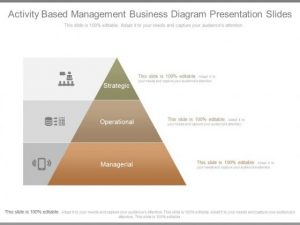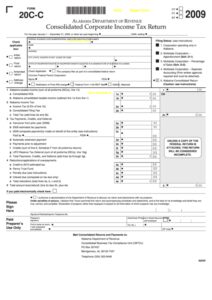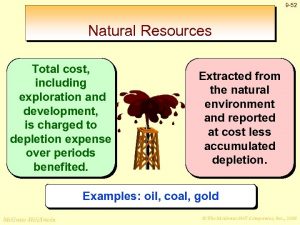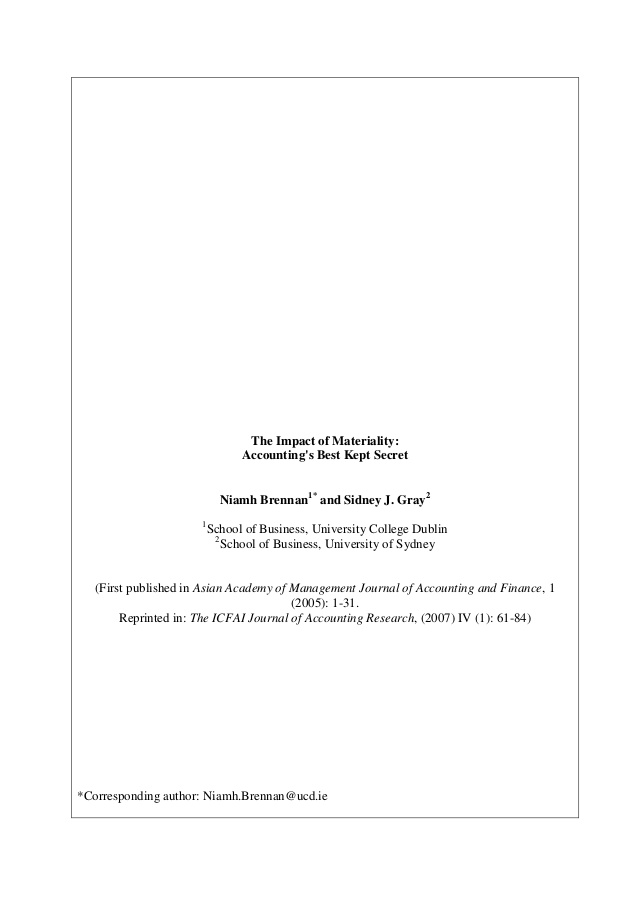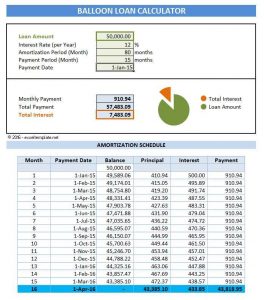
Say #sorrynotsorry to your spreadsheets and shoeboxes. Wave Payroll supports paying both employees and independent contractors when you run payroll. The proper tax forms—1099 in the US and T4-A in Canada—are also generated for you.
Unlimited bank and credit card connections
All your invoicing and payment information automatically syncs with Wave’s accounting feature. Connect your bank accounts in seconds with the Pro Plan. Transactions will appear in your bookkeeping automatically, and you’ll say goodbye to manual receipt entry. Transactions will appear in your books automatically, and you can say goodbye to manual receipt entry.
How accepting cards and digital payments works

Wave is PCI Level-1 certified for handling credit card and bank account information. Have an eye on the big picture so you can make better business decisions. Our robust small business accounting reports are easy to use and show month-to-month or year-to-year comparisons so you can easily identify cash flow trends. We provide different levels of support, depending on the plan and/or the add-on features you choose. You don’t have to wait for a new quarter or year to start using payroll software—you can start running payroll at any time! And if you’re switching providers, you can make the transition easily by importing all the necessary forms and information in just a few minutes.
Payroll software that pays off
I’m glad the option is still available online and the system works great and the amount of different charts available is super helpful. Payroll software saves you time so you can focus on the best parts of running your business. And, in the long run, an online payroll software provider like Wave can save you a lot of money by reducing human error so you can avoid tax penalties (and who doesn’t love saving money?). Wave’s accounting software is built for small business owners. Be your own accountant, thanks to Wave’s automated features, low cost, and simple interface.
- Not being able to see or input the expenses unless I pay for the quick receipt plan in app is kind of a bummer.
- You’ll never lose track of payments again, and you’ll be all set at tax time.
- Payments are a pay-per-use feature; no monthly fees here!
- Doing payroll manually involves confusing and time-consuming calculations.
- Every invoice paid means more revenue coming into your small business.
Know when an invoice is viewed, becomes due, or gets paid, so you can stay on top of your cash flow better than ever. Want to look more polished, save more time, and conquer cash flow? After creating your account, everything is set up so you can get started. Your data is always available, and backed up for extra peace of mind. “Wave invoicing makes your life a whole lot easier and takes that worry off you. I’ve tried Quickbooks—it’s a bit more complicated and technical, and takes more time to set up.” Easily monitor and keep track of what’s going on in your business with the intuitive dashboard.
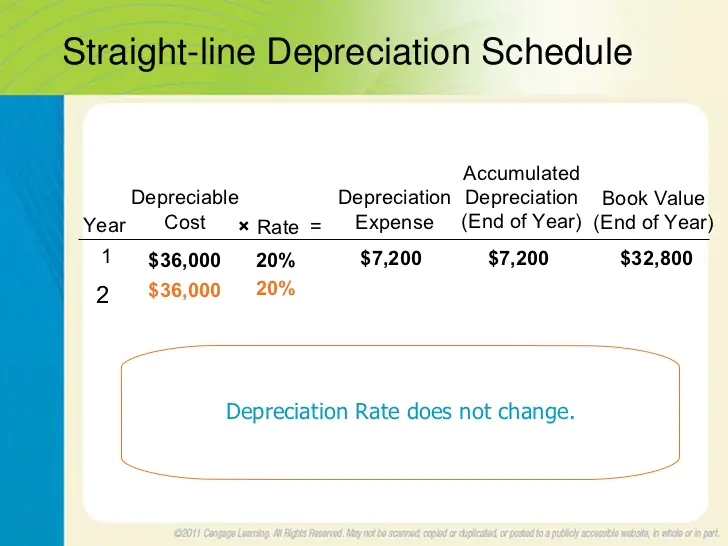
You’ll receive the money in your account in 1 business day (Canada), or 2 business days (US)1. Wave uses real, double-entry accounting software. Our (non-judgmental) team of bookkeeping, accounting, and payroll experts is standing by to coach you—or do the work for you. Monitor your cash flow, stay organized, and stop sweating tax season.

It’s been one of the best decisions I’ve made when it comes to making sure my accounting is on point. “It’s not just a cool piece of software, it is giving peace of mind to people.” You deserve to know your taxes aren’t something you have to sweat over the entire calendar year.” Wave has helped over 2 million North American small business owners take control of their finances. Wave has helped over 2 million small business owners in the US and Canada take control of their finances. The developer, Wave Financial Inc, indicated that the app’s privacy practices may include handling of data as described below. For more information, see the developer’s privacy policy.
In self-service states (all other 36 states) Wave Payroll does not make payments or file on your behalf. Only pay for what you use and simplify annual audits with workers’ comp built for small business owners. Employees can securely log in to access their pay stubs and W2s, and manage their contact and banking information. Your employees can log into how to become a bookkeeper Wave securely to access their pay stubs and T4s, and manage their contact and banking information. Keep compliant and save time by having Wave handle your Canada Revenue Agency tax remittances on your behalf. Between the app and the payment process—I can’t tell you the hours it’s saved, and even the headaches that have gone away because of it.
Our servers are protected physically and electronically. Any connections between you, your bank accounts, and Wave are protected by 256-bit SSL encryption. Upon processing your first payroll, you can use Wave Payroll for up to 30 days, commitment-free. At any time, you can activate to start your billing https://www.online-accounting.net/ cycle and gain access to items like tax filing and approving payrolls beyond the current month. See our full US terms here, and our full Canadian terms here. Our payroll software is seamlessly connected with the rest of your Wave account to reduce the time you spend on manual bookkeeping.
You can mark invoices paid on the spot, so your records are instantly up to date. Accept payments through credit cards and bank payments to get paid even faster, for a low, pay-per-use fee. With Wave, your invoices and payments automatically flow into your accounting records. https://www.accountingcoaching.online/lease-accounting-for-escalating-rent-payments-or/ You’ll never lose track of payments again, and you’ll be all set at tax time. With Wave’s web-based invoicing software, you can create and send invoices for your business in just a few clicks from your computer. All you need is an Internet connection and a browser!
You can accept credit cards and bank payments for as little as 1%2 per transaction. Create beautiful invoices, accept online payments, and make accounting easy—all in one place—with Wave’s suite of money management tools. You can effectively analyze the financial health of your business, find ways to generate more profit, and move forward with your business plan. Manually creating invoices in Microsoft Word or Excel can be time-consuming and difficult to manage.
Online payments allows you to get paid quickly by bank deposit, credit card, and Apple Pay. Every invoice paid means more revenue coming into your small business. Create and send professional invoices to your customers in seconds. When everything is neatly where it belongs, tax time is simple. Wave’s smart dashboard organizes your income, expenses, payments, and invoices.
